Movement Ecology (old)
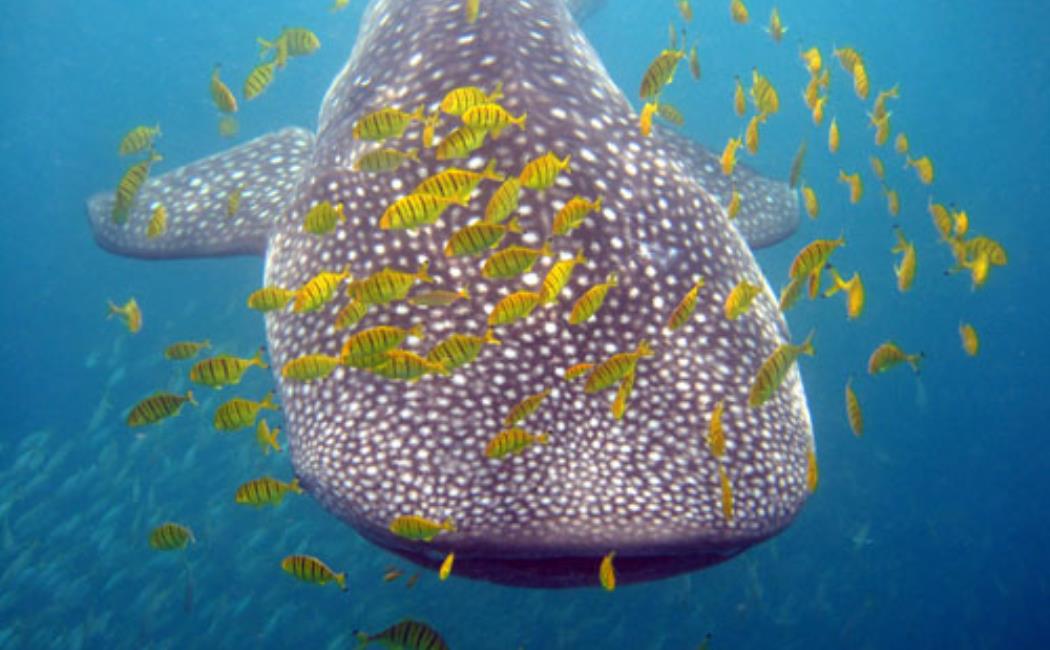
Details
Movement ecology can be studied at several scales, each with their own conservation implications and applications. Our lab focuses on work in the following general areas:
Seascape Connectivity
Many of the sharks we have seen since March 2009 were tagged with satellite tags and acoustic tags. The acoustic tags give us high-resolution data when tagged sharks are present near our study site and the satellite tags give us larger-scale position information, so we can see if these sharks travel within the Red Sea or if some of them move into the Indian Ocean. To date, we have tagged well over 100 whale sharks, arguably making this one of the world's largest shark tagging projects.
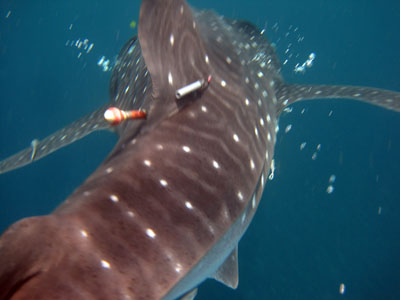
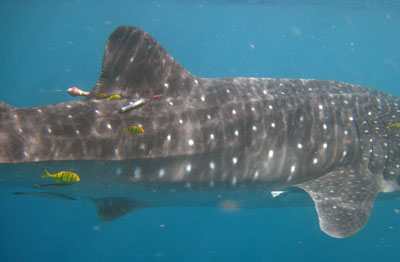
Reef-scape Connectivity
Knowing how far adult fish move within and among reefs is critical for designing effective marine protected areas for managing fisheries and conserving reef health and function.
See also the Post-Settlement Connectivity in Coral Reef Fishes project.
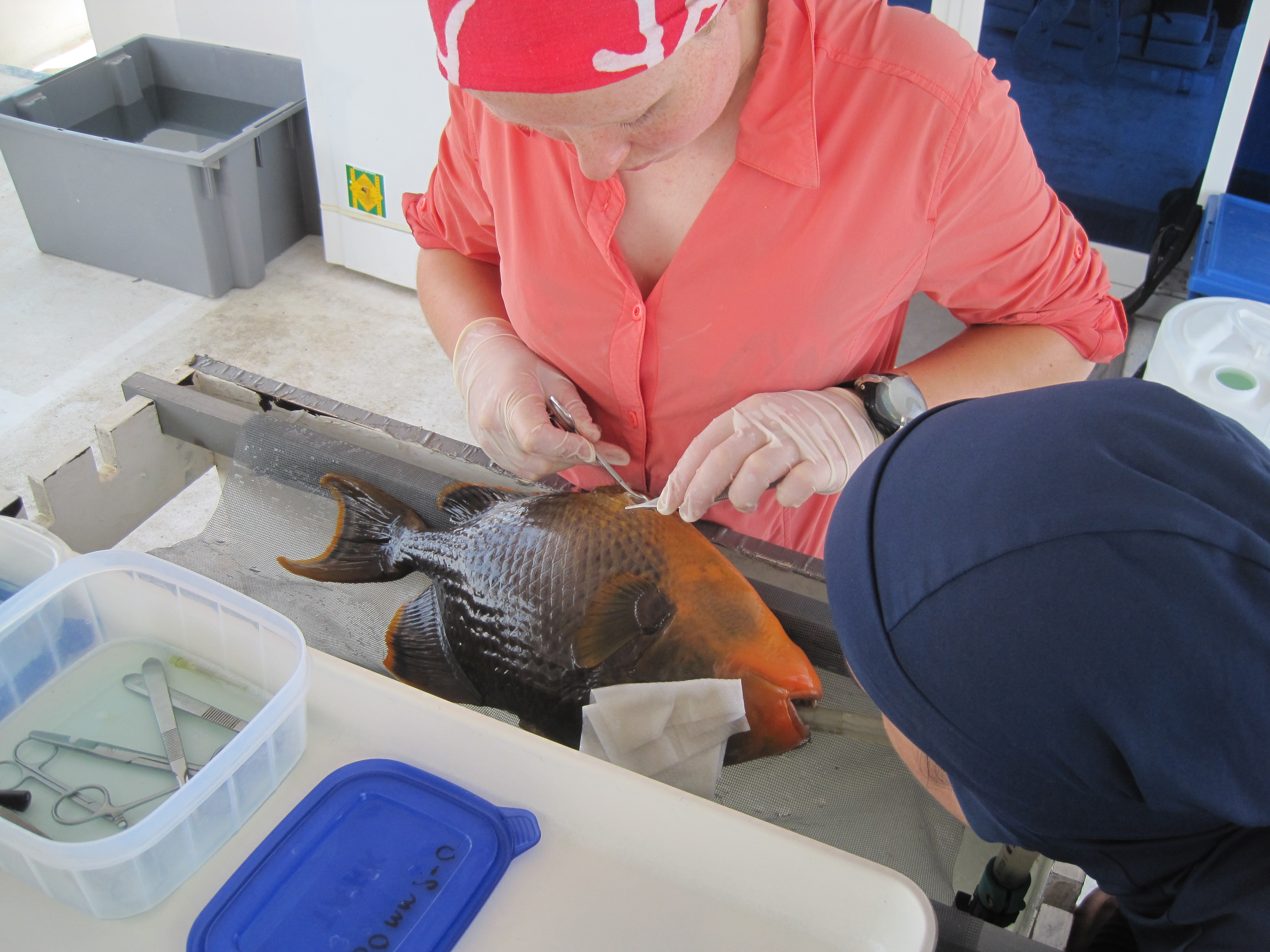

Larval Connectivity
Current larval connectivity research projects include:
- Kimbe Bay, Papua New Guinea, with Amphiprion percula and Chaetodon vagabundus
- Red Sea, Saudi Arabia, with Amphiprion bicintus, Plectropomus areolatus, Plectropomus pessuliferus, and two sponge species
- Manus Island, Papua New Guinea, with Plectropomus areolatus
- Solomon Islands, with Bolbometapon muricatum
- Keppel Islands, Great Barrier Reef, Australia, with Plectropomus maculatus, Lutjanus carponotatus, and Epinephelus quoyanus
- Lizard Island, Great Barrier Reef, Australia, with Chaetodon baronessa
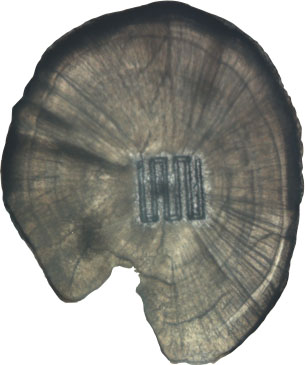
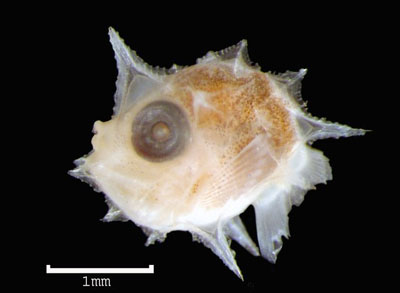
The Connectivity of Amphiprion bicinctus in the Saudi Arabian Red Sea
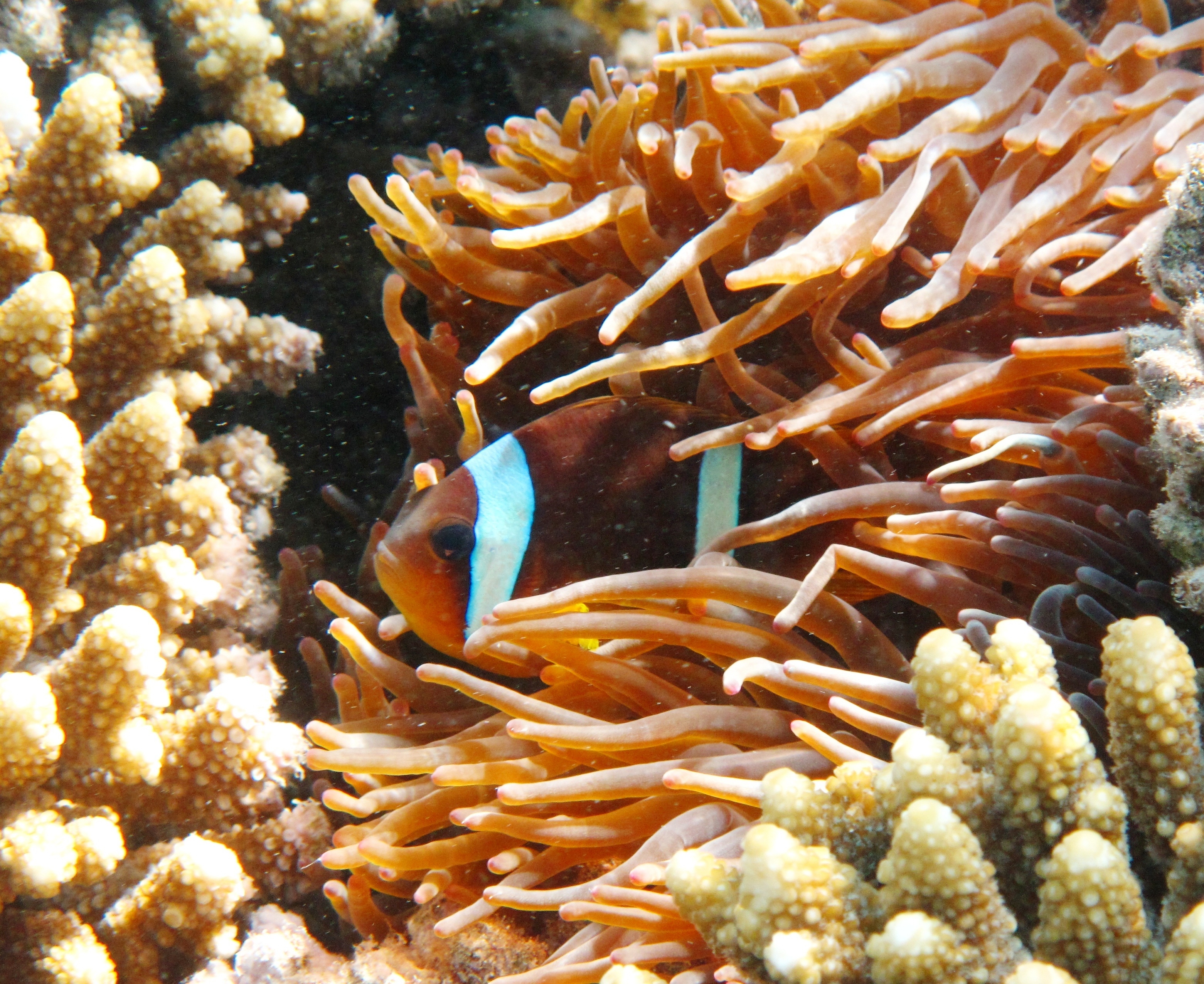
Tanabe, LK; Cochran, JEM; Berumen, ML (2023) Inter-nesting, migration, and foraging behaviors of green turtles (Chelonia mydas) in the central-southern Red Sea. Scientific Reports 13, 11222
Tanabe, LK; Cochran, JEM; Williams, CT; Garzon, F; Langner, U; Hardenstine, RS; Hawkes, LA; Brainard, RE; Eweida, AA; Marshall, PA; Berumen, ML (2023) Case report: tracking data from foraging hawksbill turtles in the northern Red Sea. Animal Biotelemetry 11, 1
Knochel, AM; Cochran, JEM; Kattan, A; Stevens, GMW; Bojanowksi, E; Berumen, ML (2022) Crowdsourced data reveal multinational connectivity, population demographics, and possible nursery ground of endangered oceanic manta rays in the Red Sea. Aquatic Conservation: Marine and Freshwater Ecosystems, 1– 13
Knochel, AM; Hussey, NE; Kessel, ST; Braun, CD; Cochran, JEM; Hill, G; Klaus, R; Checkchak, T; El Hassen, NME; Younnis, M; Berumen, ML (2022) Home sweet home: spatiotemporal distribution and site fidelity of the reef manta ray (Mobula alfredi) in Dungonab Bay, Sudan. Movement Ecology 10, 22
Hamilton, RJ; Lozano-Cortes, D; Bode, M; Almany, GR; Harrison, HB; Pita, J; Saenz-Agudelo, P; Gereniu, C; Waldie, PA; Peterson, N; Choat, JH; Berumen, ML (2021) Larval dispersal and fishing pressure influence recruitment in a coral reef fishery. Journal of Applied Ecology 00, 1-12
Cochran, JEM; Braun, CD; Cagua, EF; Campbell Jr, MF; Hardenstine, RS; Kattan, A; Priest, MA; Sinclair-Taylor, TH; Skomal, GB; Sultan, S; Sun, L; Thorrold, SR; Berumen, ML (2019) Multi-method assessment of whale shark (Rhincodon typus) residency, distribution, and dispersal behavior at an aggregation site in the Red Sea. PLoS ONE 14(9):e0222285
Cochran, JEM; Hardenstine, RS; Braun, CD; Skomal, GB; Thorrold, SR; Berumen, ML. (2016) Population structure of a whale shark Rhincodon typus aggregation in the Red Sea. Journal of Fish Biology